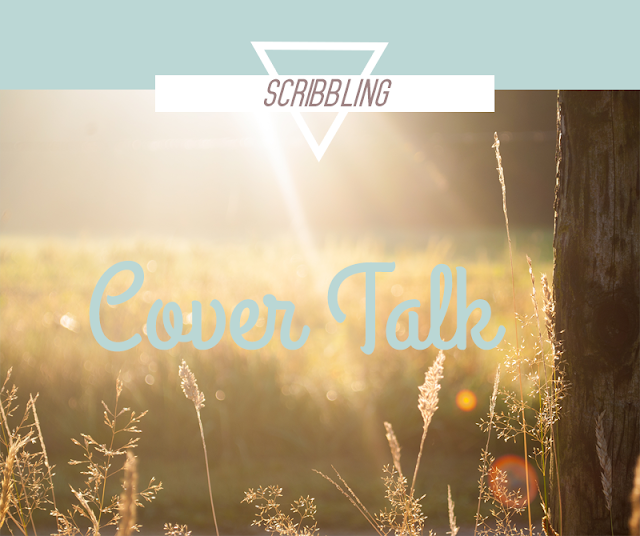
Lately, I’ve been dabbling in graphic design and DIY/interior design since I’ve moved into a square dorm room. One of my favorite blogs to follow is Design*Sponge, a DIY/interior design blog. Recently, Max posted a lengthy, well-researched post about the importance of book covers, which I thought was interesting. He touches on several key points, such as the decline of book cover design as e-readers rise to prominence, the idea of books as an object to covet, and more.

